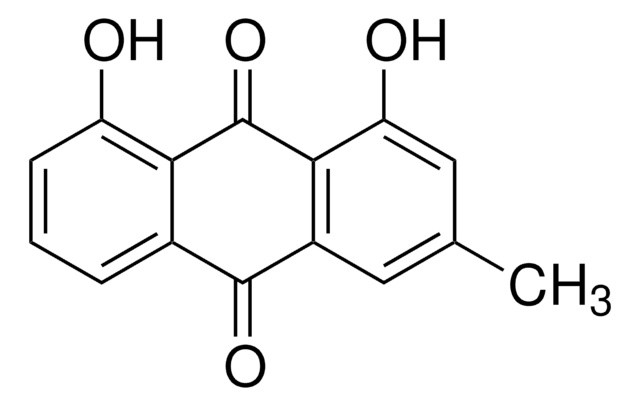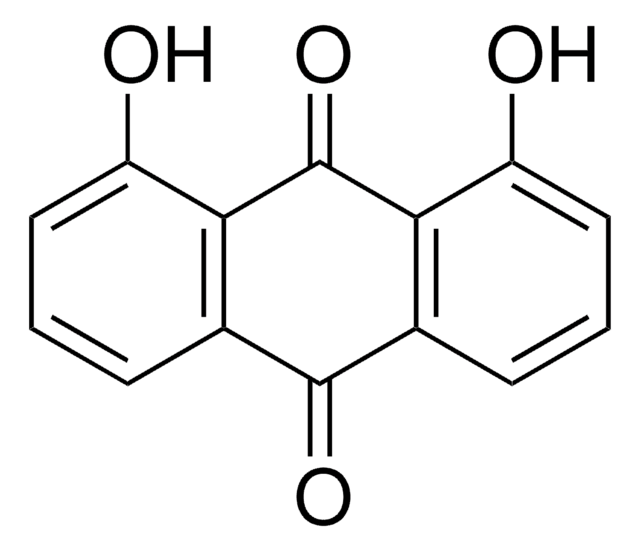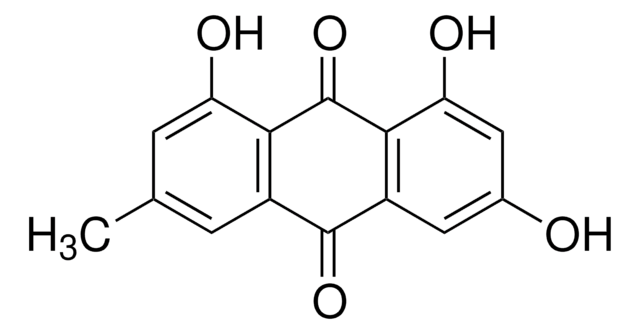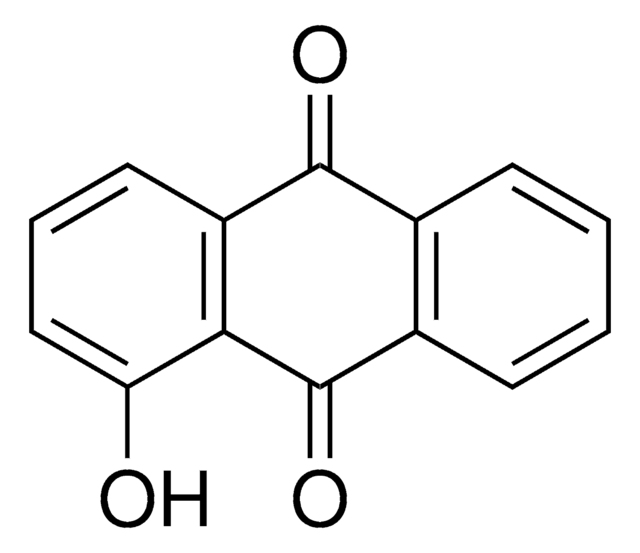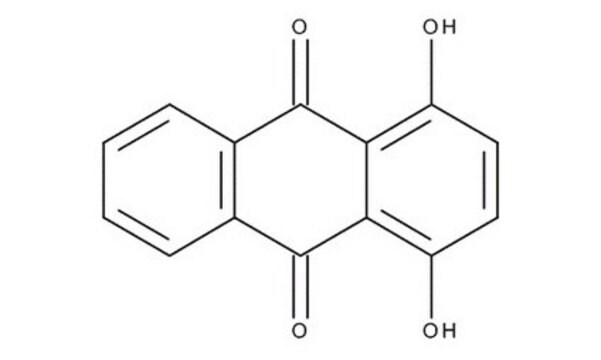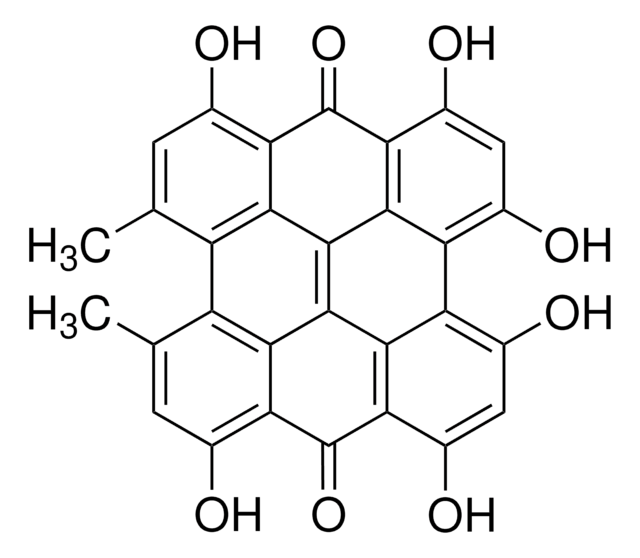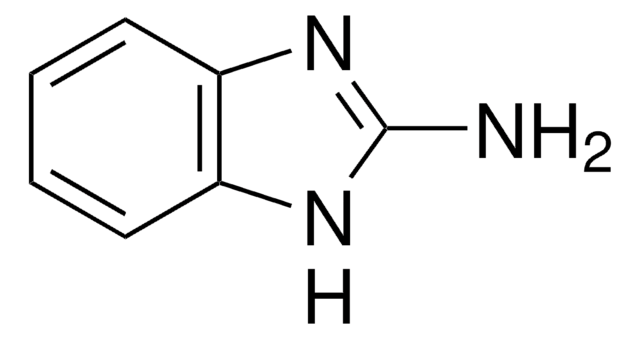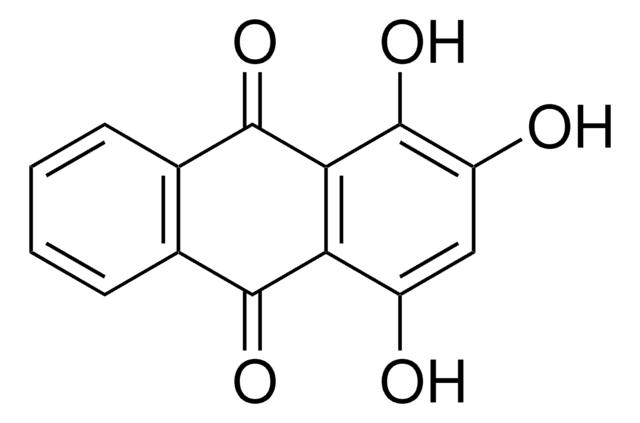229075
1,8-Dihydroxy-3-methylanthraquinone
98%
Sinônimo(s):
3-Methylchrysazin, Chrysophanic acid
About This Item
Produtos recomendados
Nível de qualidade
Ensaio
98%
forma
crystalline
cor
yellow-orange
solubilidade
chloroform: 1%
espectro de atividade do antibiótico
neoplastics
viruses
Modo de ação
enzyme | inhibits
cadeia de caracteres SMILES
Cc1cc(O)c2C(=O)c3c(O)cccc3C(=O)c2c1
InChI
1S/C15H10O4/c1-7-5-9-13(11(17)6-7)15(19)12-8(14(9)18)3-2-4-10(12)16/h2-6,16-17H,1H3
chave InChI
LQGUBLBATBMXHT-UHFFFAOYSA-N
Informações sobre genes
human ... ELA2(1991)
Procurando produtos similares? Visita Guia de comparação de produtos
Categorias relacionadas
Aplicação
Ações bioquímicas/fisiológicas
Outras notas
Palavra indicadora
Warning
Frases de perigo
Declarações de precaução
Classificações de perigo
Eye Irrit. 2 - Skin Irrit. 2 - STOT SE 3
Órgãos-alvo
Respiratory system
Código de classe de armazenamento
11 - Combustible Solids
Classe de risco de água (WGK)
WGK 3
Ponto de fulgor (°F)
Not applicable
Ponto de fulgor (°C)
Not applicable
Equipamento de proteção individual
dust mask type N95 (US), Eyeshields, Gloves
Certificados de análise (COA)
Busque Certificados de análise (COA) digitando o Número do Lote do produto. Os números de lote e remessa podem ser encontrados no rótulo de um produto após a palavra “Lot” ou “Batch”.
Já possui este produto?
Encontre a documentação dos produtos que você adquiriu recentemente na biblioteca de documentos.
Os clientes também visualizaram
Nossa equipe de cientistas tem experiência em todas as áreas de pesquisa, incluindo Life Sciences, ciência de materiais, síntese química, cromatografia, química analítica e muitas outras.
Entre em contato com a assistência técnica